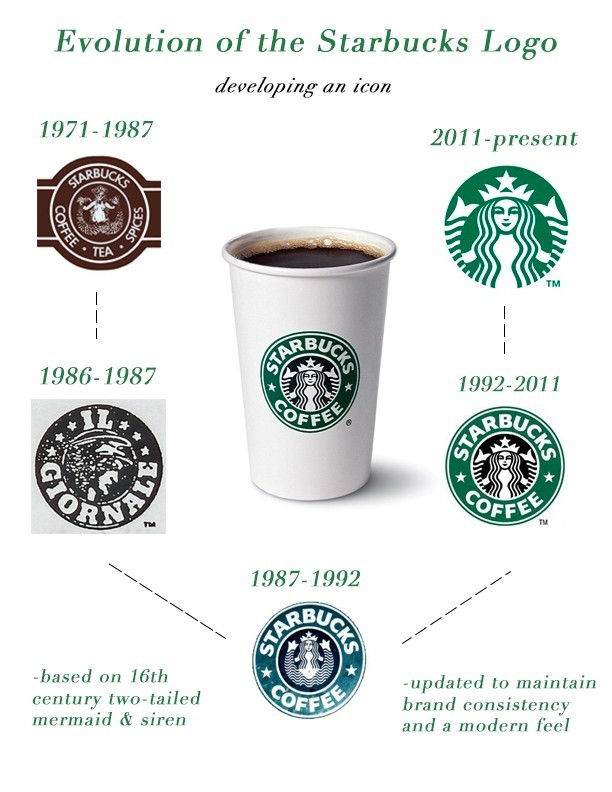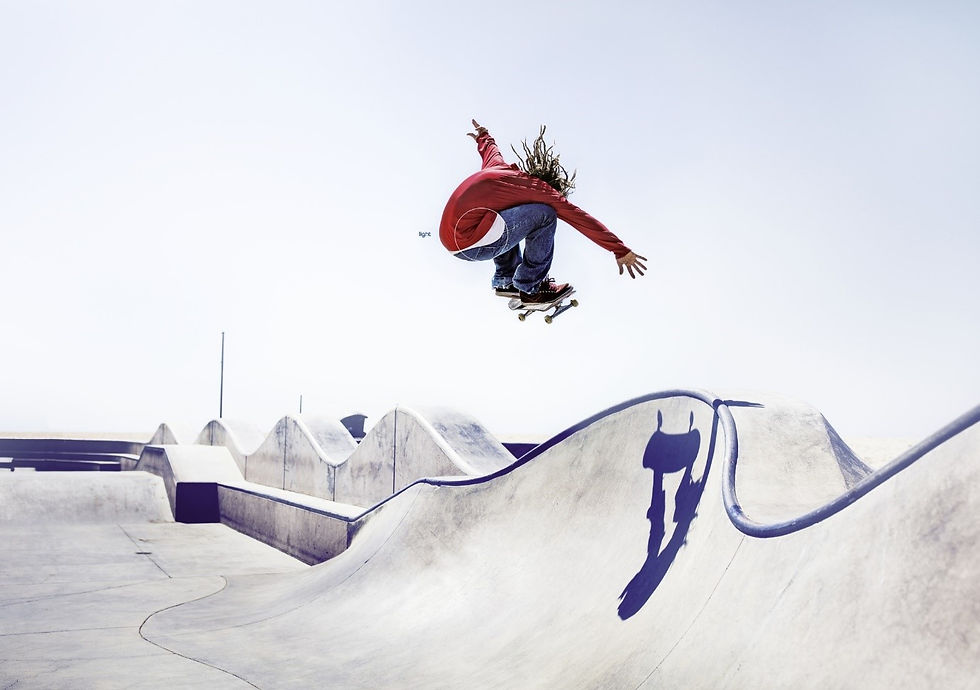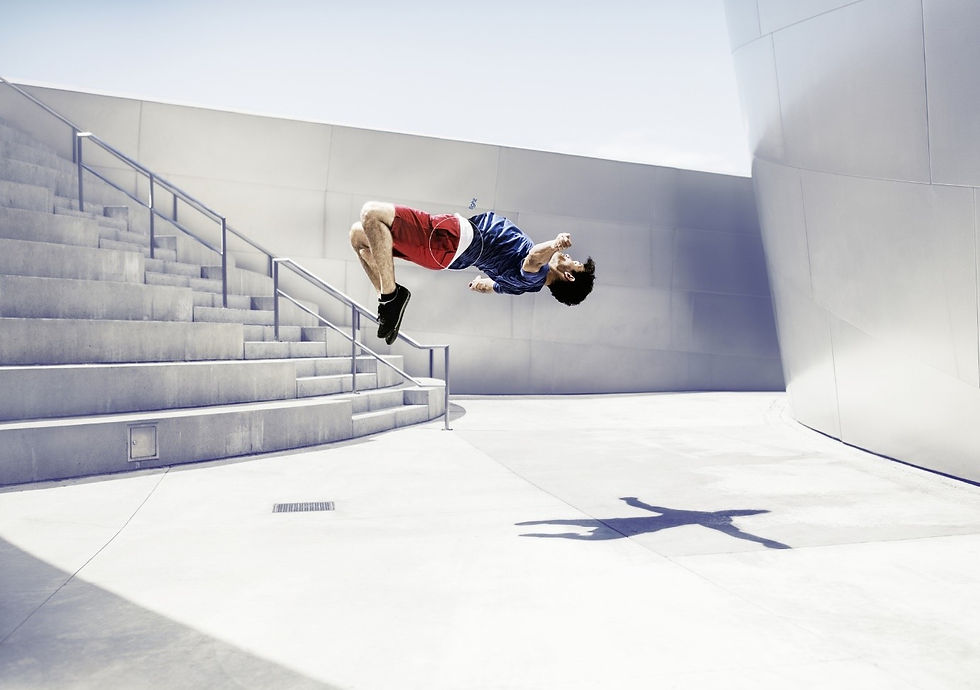Unbranded Advertising: Oxymoron?
- imtrafficker

- May 3, 2020
- 9 min read
It all started when the snack giant Doritos launched an ad campaign that featured no logo or brand name, to attract a younger, advertising-averse generation. The ad campaign was called "Another Level" which featured plain chips bag and the triangular-shaped snack itself and launched with a minute "Anti-Ad" on YouTube. Even though the ad claims to be logo-free, it cleverly uses the shape of the chips as it is depicted on the packets.

According to Rachel Ferninando, senior vice president of marketing at Frito-Lay, "There's a desire to almost reject traditional advertising."

So, de-branding is an effort to reach a generation that is not a fan of ads. Generation Z, aged between around 8 and 22 years old, are more familiar with ad-free experiences such as Netflix, so brands are having to find new ways to appeal to them.
"The following is a paid message for a chip so iconic we don’t need to name it, cause this is an ad with no logos, no jingles, no gimmicks, just those red and blue bags with the stuff you love in it." The ad does feature a lot of triangles — a road sign, pyramid, chicken coop — as well as the familiar orange dust and head tilt to get the last crumbs.

However, this is not the first time a company has dropped its brand name. In 2011, Starbucks cut its name from cups, replacing it with an image of the female siren it uses in branding, thus giving its product a new identity.
“Our new evolution liberates the siren from the outer ring, making her the true, welcoming face of Starbucks,” the company said. It was based on the concept of developing an icon and was updated to maintain brand consistency along with a modern feel. But then at that point in time, no one followed their footsteps.

The first known example of debranding is Nike when it dropped its brand name and replaced that with a simple 'Solo Swoosh'.
So, let us look at what is this unbranded advertising and why the companies have recently started adopting it.
What is Unbranded Advertising?
Unbranded advertising is composed of messages that do not link products with specific companies at all. In many cases, products may not even be mentioned by name. There is no company logo, no brand name or colors, and rarely anything that easily identifies the message as a traditional form of advertising. Companies use this type of advertising to draw consumer attention to problems and issues that the company product can potentially resolve or to offer good advice in a goodwill campaign.
So, what is in it for the companies to do away with the logo and the brand name, which once used to be the most important and vital part of brand elements.

We are now progressing towards a very interesting phase in marketing, where brands are willing to create campaigns without their brand names and logos or tag lines which are often sprawled across the creatives. From a phase where the logo needed to be as big as it could be, and the name should have been repeated at least thrice, this is quite a jump of faith.
Some of the companies that have started adapting this form of advertising campaign apart from the previously mentioned ones are McDonald's, Pepsi, Cadbury, Shell, and Nutella. So in the next section, we will focus on how the companies are implementing this type of advertisement and what are their specific objectives in sync with their marketing objectives and core values.
It's quite evident from the active participation of these bigger brands that the future will be welcoming debranding as a form of advertisement. And also this shift among brands from investing in marketing to investing in product development should also allow less fortunate people to buy pure, simple, quality products
The brand that screams the loudest no longer commands the most attention; the one that offers something genuinely useful does.
Maybe makers will find a way to subtly brand their product by adding their signature to the product itself, omitting to package altogether. All of this will, of course, be a kind of branding as well but stripped to its core.
So what are should be the focus points for the brands who are looking for un-branding in the future?

Even if the challenges of debranding aren’t big obstacles for your brand, consider other alternatives to stand out. For instance, one can breathe life into the brand and make it relevant through a brand revival.
We don’t need more branding; we need fewer, better-quality products. People will find you.
The key strategy of debranding is to hide commercial logos and even brands completely. One of the key areas of focus can be customer engagement as removing the logo makes it less corporate and more personal. Debranding will always attract customers' attention because people are always curious to know if something is different.
The types of debranding:
De-corporatizing
Going generic
Modern Debranding

Now let's look at how the big brands are incorporating debranding as a marketing strategy:
Coca-Cola
The 'Share a Coke' 2014, the campaign from the fizzy drinks giants became popular all over the world. So what was the campaign about? Coca-Cola replaced its brand name by 150 of Britain's most popular names. The main objective was to take personalization to new heights and enhance customer engagement.

Chris Deere, head of the brand activation at Coca-Cola Great Britain explains that, beyond the obvious attempt at personalization, the campaign is about sharing: "We wanted people not just to find bottles with their own names on, but to surprise a friend or someone they love by seeking out a bottle with their name on it."
The success of the campaign:
• Over a thousand names on our bottles
• 998 million impressions on Twitter
• 235,000 tweets from 111,000 fans using the #ShareaCoke hashtag
• More than 150 million personalized bottles sold
• Over 730,000 glass bottles personalized via the e-commerce store
• 17,000 virtual name bottles shared online across Europe
• 65 experiential stops on the Share a Coke tour
• More than 70 countries have launched the campaign
So to sum up, this campaign saw Coca-Cola grow its Facebook community by 3.5% and globally by 6.8%. The campaign also reversed declining sales for Coca-Cola. Thanks to the campaign, the company saw a 2.5% increase in total sales and soft drink volume went up by 0.4%.
Nutella

Nutella too realized the power of personal engagement and went a step further than Coca-Cola and allowed customers to personalize jars of their chocolate spread with names in their 'Your Nutella, Your Way' campaign.
As is common with the huge influence of social media, this has become a trend on the likes of Twitter and Instagram, with people rushing to show off their personalized jars. The fact that brands as big as Coke and Nutella have used personalization in their marketing strategy, shows the power it can have. Consumers love to have something that is personal to them: Research by Hanley-Wood Business Media conducted in 2013 showed that 78% of consumers stated that brands that create unique and personalized content are more interested in building a relationship with them.

McDonald's

McDonald's did away with its name and tag line long back in early 2006 and just concentrated on the yellow-colored vibrant' only.


It is not the first time that the brand has attempted unbranded ads. In 2013, TBWA\Paris launched a print and outdoor campaign across France that featured close up photos of the food only.
However, in their recent ad campaign(2017), McDonald's has managed to come up with an absolutely brilliant concept that has raised the eyebrows of millions. The new ad is closing on four million YouTube views in one week. It has almost everything one expects from a big brand.

Mindy Kaling, the Hollywood star is the endorser and a major brand (Coca-Cola) is connected with fast-food chains with an appeal to users of modern technology, who usually 'Google' about Google.
The whole point of the ad is debranding and the video of 50 secs has no mention of the name McDonald's.
As reported by The New York Times:
The ads are part of the chain's first unbranded marketing campaign, in which it is coyly asking people to search Google for "that place where Coke tastes so good." The query, meant to capitalize on millions of search engine results that favor the fast-food chain, is central to the ads where an association with the brand is limited to placing Ms. Kaling in a bright yellow dress against a red backdrop. The ads started running last week and play on how teens and twenty-somethings use their phones while watching TV, while also acknowledging "how they're discovering information" they trust, said Deborah Wahl, chief marketing officer of McDonald's for the United States. "They are very influenced by word of mouth and what their peers say," she said.

Here's the first ad, entitled "Search It," which was posted to YouTube a week ago. Not on McDonald's official page, mind you, but rather on a page with the theme, "That place where Coke tastes SO good."

However, the video has recently been removed from the channel.
Wahl said the brand was prepared for people to try to interfere with the results, an issue faced by many ad campaigns that leverage social media. It's not just an opportunity to get loads of new customers--including Coke fans, who may not even like McDonald's food, but start coming in just to see if their favorite beverage really does taste better there.
And it's not just the fact that the ad is interactive, turning you from passive observer to participant, which, if you follow through, will create an indelible, emotional connection, in your mind between Google, McDonald's. and Coca-Cola.
It's not just one of those things. It's all of them.
But some of the possible reasons include the syrup being delivered in stainless steel tanks rather than plastic bags, both the water and syrup being pre-chilled before dispense and the presence of a slightly wider straw. [Data sourced from New York Times; Campaign; additional content by WARC staff]
Pepsi
Following the footsteps of their all-time rivals, Pepsi also came up with a mind-boggling print ad developed by BBDO. The ad features an individual performing a particular activity and dressed in vibrant colors of the brand's famous red, white, and blue combination.

The logo only gets noticed when one observes it closely.

If you are still struggling to find out, please do look closely.

Okay, if you're still wondering where the logo is let us help you. Look closely at the mid part of the body where the trousers start and the top ends and encircled within it is the logo of Pepsi.
Cadbury
And finally, the brand that has recently been the part of this campaign is Mondelez International's Cadbury UK. The campaign 'Donate Your Words' was launched in partnership with Age UK, a London based charity for older people, aims to raise awareness and combat loneliness among old people.

The 'purple' wrapper of these limited edition bars features only the glass and a half logo of the confectionery brand. The idea is that by picking up a bar, you are ‘donating them’ to help the 225,000 older people who regularly go a whole week without speaking to anyone. The campaign also encourages people to pledge to reach out and have a chat with older people in their communities.

Laura Gray, Brand Manager at Mondelez said:
‘We’re so proud to announce this partnership and to be supporting Age UK – it’s such an important charity that is really tackling the issue of loneliness. ‘We are donating the words from our bars of Cadbury Dairy Milk and encouraging people up and down the country to donate theirs through small gestures that could really help change the lives of older people.’
The Road Ahead:
Although these examples of personalization are by huge international brands with multi-million dollar marketing budgets, that doesn’t mean it’s inaccessible to small businesses. Personalization can work on every level, even on a small budget.
Simply by taking the time to find out what your consumer wants and appealing to that directly, you are using personalization in your marketing. This may be by constructing a dynamic email campaign for individual consumer groups, or by sending out personalized text messages to your customers. Personalization is a great way to stand out from the crowd, whatever size your business is. Making the customer feel that you are interested in their consumer needs establishes a relationship that will keep them interested. This makes you stand out, even if what you’re are selling is no different from your competitors.
There are many ways you can use the power of personal engagement without breaking the bank, and it’s a great way of marketing your business.
Well, for now, you can assume that “if you fail to achieve any salience through your brand then, it is a total waste of time because no one knows that you exist”. The reason why you are coming across so many brands that are playing with codes is that marketers have come to realize that playing with codes can help them to achieve salience. Moreover, the journey to achieving that salience is full of hurdles.
So, what you need to learn here is salience can be achieved through a smart design change and it will not only capture the attention of new clients but also bring back those who have long forgotten about your brand.
So, what's your next move?
References






Comments